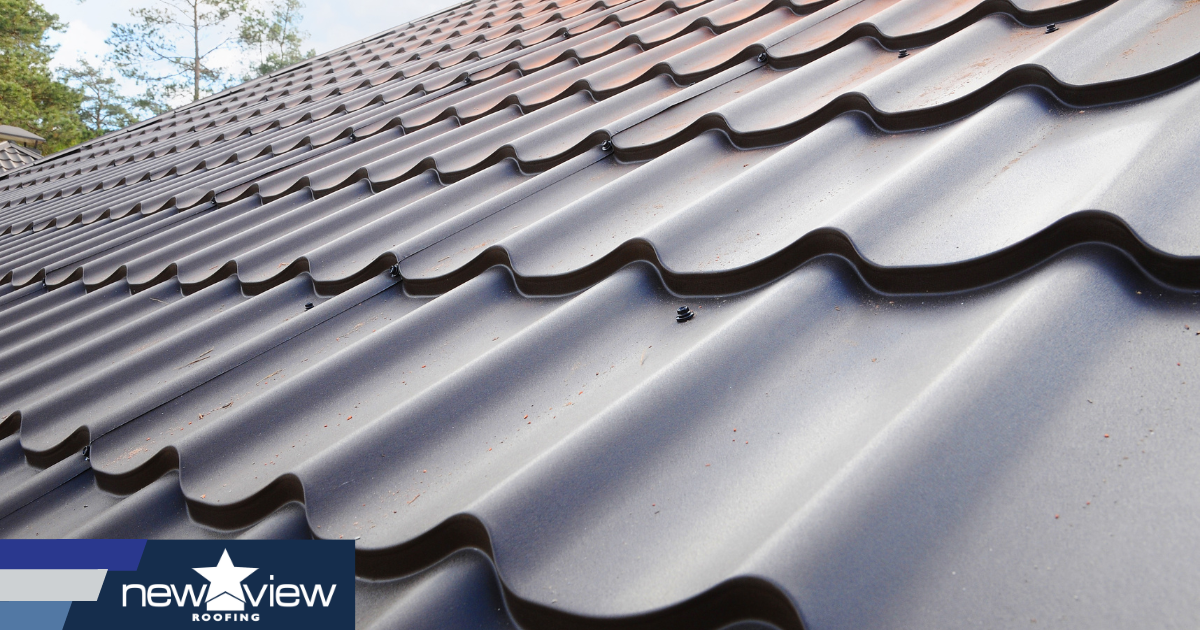Best Practices for Ensuring Correct Roof Covering Air Flow
A balanced consumption and exhaust vent proportion, commonly 1:300, plays a crucial duty, with consumption vents ideally put at the lower side of the roofing system for cool air entrance and exhaust vents at the height for cozy air exit. Maintaining insulation away from vents is important to protect against air flow limitation.
Understand Air Flow Fundamentals
Properly recognizing air flow fundamentals is vital for ensuring the durability and performance of roof covering systems. Effective air flow alleviates moisture buildup and temperature level extremes in the attic, both of which can result in considerable architectural damages over time. A well-ventilated roofing system assists in preventing typical problems such as mold and mildew development, wood rot, and ice dams, which can jeopardize the honesty of the roof covering products and the underlying structures.
The main objective of ventilation is to assist in the activity of air, enabling for a regular exchange in between the interior and exterior settings. This equilibrium is accomplished with a combination of intake and exhaust vents that collaborate to keep ideal air movement. Consumption vents, normally situated along the eaves or soffits, permit fresh air to get in the attic space, while exhaust vents, frequently located at or near the roof ridge, make it possible for warm, damp air to run away.
Key elements influencing the performance of roofing system ventilation include appropriate placement, appropriate sizing, and guaranteeing that both intake and exhaust vents are unobstructed. Regular inspection and maintenance are important to identify potential obstructions, damage, or inefficiencies in the air flow system, therefore guarding the roof's efficiency and sturdiness.
Kinds Of Roof Covering Vents
Roof covering vents play a critical function in keeping effective attic room ventilation and, by extension, the overall health of the roof covering system. Numerous kinds of roofing vents are available, each with unique advantages customized to details roof demands. Ridge vents, for instance, are set up along the roofing system's height, allowing cozy, moist air to run away from the attic room. They offer continuous ventilation and mix seamlessly with the roofline, making them both reliable and visually pleasing.

Soffit vents are installed under the eaves and job in tandem with roofing vents to guarantee a well balanced intake and exhaust system. By permitting cooler air to get in from below, soffit vents assist in the expulsion of warm air via upper vents. Gable vents, located on the outside walls of the attic, deal one more reliable remedy, specifically in homes with gable roofings.
Evaluate Your Current Air Flow

Following, take into consideration the age and problem of your roofing products and ventilation elements. Older systems may not abide with present structure codes or might have deteriorated gradually, minimizing their effectiveness. Conduct an extensive examination to recognize any indications of deterioration, such as corrosion, damage, or spaces that could jeopardize the system's performance.
Furthermore, gauge the attic temperature level and humidity degrees. High temperature levels and moisture can indicate insufficient air flow.
Setup Best Practices
Efficient installment of roof air flow systems is extremely important for guaranteeing optimum efficiency and long life. Appropriate setup begins with understanding the particular air flow demands of the roofing and the building it covers. This involves calculating the appropriate ratio of intake to exhaust vents, generally adhering to the 1:300 regulation, which stipulates one square foot of air flow for every single 300 square feet of attic room floor area.

Intake vents ought to be installed at the roofing system's lower side, usually in the soffits, to enable cool air to enter. Exhaust vents, on the other hand, need to be installed near or at the roofing's top to assist in the departure of cozy, damp air.
Seal all air vent links carefully to avoid air leakages and potential water infiltration. Usage high-grade materials and comply with maker guidelines to make certain longevity and effectiveness. Furthermore, integrating ridge vents with view publisher site baffles can substantially enhance air movement efficiency by stopping wind-driven rainfall and snow from going into the attic room.
Inevitably, precise setup of roof covering ventilation visite site systems reduces possible issues such as mold development, ice dams, and architectural damages, making certain the roof's stability and the building's overall health.
Regular Maintenance Tips
Uniformity in upkeep techniques is basic to guaranteeing the long-lasting effectiveness of roofing air flow systems. Normal inspections are essential, preferably executed biannually-- in the springtime and autumn. During these assessments, ensure that vents are without debris, nests, and other blockages that could impede air flow. Inspect for any type of indications of moisture buildup or mold, as these can show inappropriate ventilation or leakages (gainesville fl roofing companies).
Cleaning the vents is an additional necessary task. Make use of a soft brush or a vacuum to remove dirt and particles from consumption and exhaust vents. Be careful not to damage the air vent displays or louvers throughout the process. Additionally, evaluate the attic room area for any indicators of water damage, which could endanger the integrity of the roof system.
Correct insulation is equally important. Make certain that attic insulation does not obstruct the vents, as this can seriously restrict air flow. If any insulation has changed or settled, reposition or change it to maintain an efficient barrier.
Finally, change any damaged or missing out on parts quickly. Busted vents, cracked shingles, or worn-out flashing can all add to poor air flow and ought to be attended to right away. Regular maintenance guarantees that the roofing air flow system functions optimally, therefore expanding the life-span of the roof itself.
Verdict
Guaranteeing correct roof ventilation is extremely important for keeping the performance and longevity of a roofing system. Adherence to the 1:300 consumption and exhaust vent ratio, coupled with the critical positioning of vents, is crucial.
A balanced consumption and exhaust vent proportion, commonly 1:300, plays a crucial function, with consumption vents ideally placed at the reduced edge of the roof covering for great air entry and exhaust vents at the peak for cozy air leave. Intake vents, commonly situated along the eaves or soffits, enable fresh air to get in the attic area, while exhaust vents, frequently positioned at or near the roof ridge, make it possible for hot, moist air to escape.
Soffit vents are installed under the eaves and job moved here in tandem with roofing system vents to ensure a balanced intake and exhaust system. By allowing cooler air to go into from below, soffit vents assist in the expulsion of warm air with upper vents. Adherence to the 1:300 intake and exhaust air vent ratio, paired with the calculated positioning of vents, is vital.